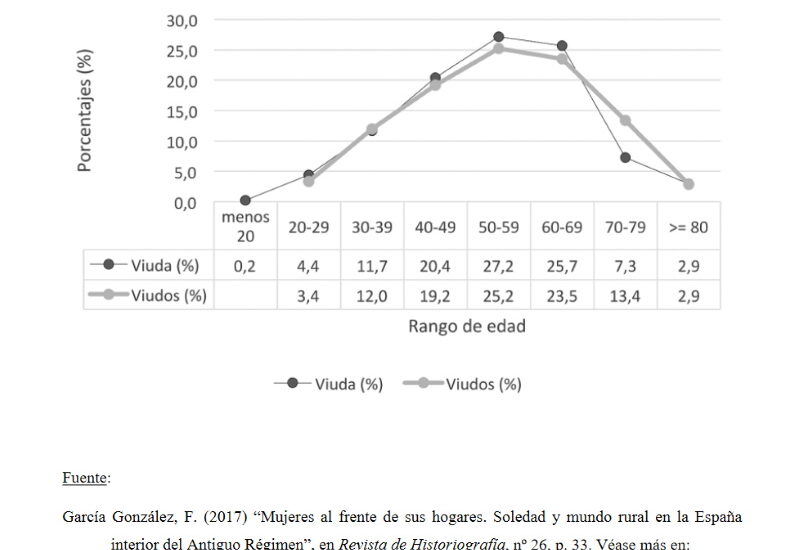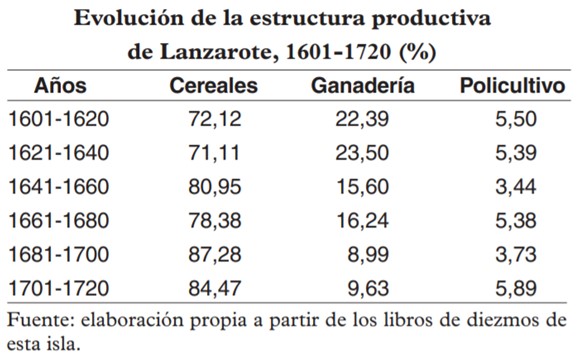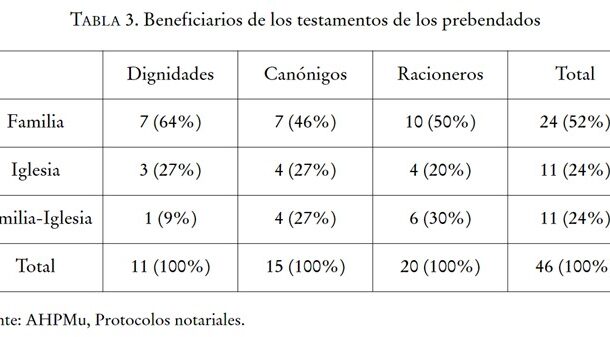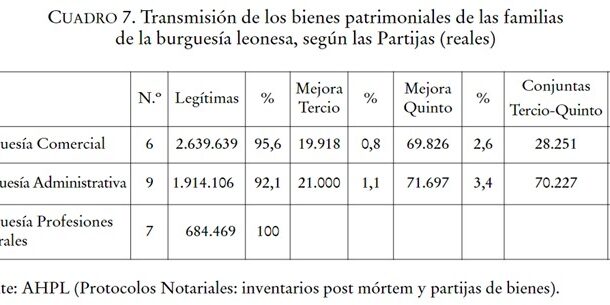
The resource deals with the inheritance strategy of the prebendados of the cathedral of Murcia between 1743 and 1820. Despite what the ecclesiastical literature proposed (that the clergy’s assets should be destined to the Church and the poor), the high clergy of Murcia returned the benefits they obtained to their families. In fact, of the 46 wills studied, 52% (24 cases) had the clergyman’s family as the main beneficiary; 24% (11 cases) the Church; and another 24% the family-Church binomial. Overall, the burden of family obligations was the main motivation for making a will. The possible inheritance received and the patrimony to be ordained clergy subject to celibacy dispersed the family assets among the offspring; the return of the assets to the family meant, once again, the concentration of patrimony. However, the author warns, the tendency to put the family as the main beneficiary decreased by 9% compared to the period from 1591 to 1746.
Collection: Statistics
Project: 3. Rural world and urban world in the formation of the European identity., 4. Family, daily life and social inequality in Europe.
Chronology: XVIII, XIX
Scope: Secondary Education, Baccalaureate, University
Link: https://revistas.usal.es/index.php/Studia_Historica/article/view/9110/9348
Resource type: Statistics
Format: Table
Source: Irigoyen López, A. (2011). "Estrategias de transmisión del alto clero secular en Castilla durante el Antiguo Régimen. Los prebendados de Murcia en el siglo XVIII", en Studia Historica, vol. 33, p. 108.
Language: Spanish
Date: 2011
Owner: Pablo Ballesta Fernández (Modernalia)
Copyright: ©Studia Historica ©Antonio Irigoyen López
Abstract: Table showing the importance of the family for the high clergy of the cathedral of Murcia at the time of testament: family awareness, mentality and strategies of patrimonial concentration
Image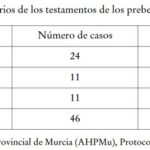
Tags


